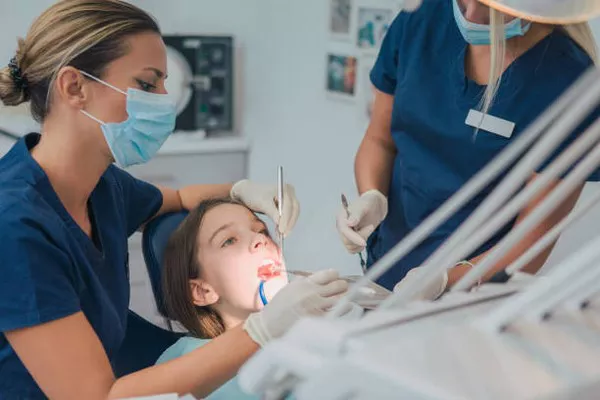Don’t do these things after you implant your teeth!
In the past, dental implantation is as simple as we thought, and it is not cheap. After the implantation, long-term follow-up and maintenance must be required. If there are complications, it will lead to the loss of the implant, thus leading to the failure of the implant.
Compared with movable denture restoration, this kind of dental implant is superior in chewing function and aesthetic effect. Like the third set of teeth, this kind of dental implant can restore the appearance before tooth loss to a large extent and rebuild self-confidence. This is also the important reason why more patients are willing to choose dental implant.
You can’t do these things after you implant your teeth!
The long-term stability of the implant depends on the success of osseointegration and is also influenced by the surrounding tissue.
Implants do not form cavities like their own teeth, but the tissue around the implant, like periodontal tissue, can become infected with plaque and become inflamed.
Studies have found that peri-implantitis and peri-implantitis are the most important causes of implant failure, and have a high incidence.
Compared with the natural teeth, the gingival tissue around the implant is more affected by plaque. Once the mucosal closure is destroyed, the pathogenic bacteria will obtain a direct channel to the root surface of the implant, which will cause alveolar bone resorption, implant loosening and even implant denture failure.
Therefore, the protection of dental implants is an important part of oral health care for each implant patient.
Not brushing your teeth properly: Periodontitis is easy to develop without brushing your teeth properly, and the microbial species in periimplantitis are more complex than those in traditional periodontitis.
The small gap between the implant and the implant abutment will also increase the accumulation of microorganisms and the difficulty of cleaning.
Therefore, dental implant patients pay more attention to the maintenance of daily oral hygiene, to do the following aspects.
(1) Brush your teeth, once in the morning and once in the evening, no less than 3 minutes each time, but also increase several times after each meal.
The best toothbrush is soft hair, small head, use BASS brushing method.
(2) Use dental floss and brush between teeth: it is best to floss once a day, and carefully clean each gap between teeth.
For patients with large interdental space, interdental brush can be used to enhance the effect at the designated site under the guidance of the doctor.
(3) Dental flusher: The water is pressurized by the pump body to produce ultra-fine high-pressure pulse water column, which is then washed into any part of the mouth through the nozzle. The dead corners that are not easy to reach including toothbrush and dental floss can be cleaned thoroughly with the dental flusher every night after brushing and flossing.
(4) Mouthwash: Commercial mouthwash can be used for daily maintenance. For patients with gum congestion and swelling, 0.12% chlorhexidine gargle is recommended, or follow the doctor’s advice.
Smoking: Smoking has been shown to be one of the major risk factors for periodontitis and peri-implantitis.
Smokers often have more pronounced inflammation, deeper peri-implant pockets, and more severe bone resorption than nonsmokers.
Therefore, smoking cessation is one of the necessary measures to achieve longer outcomes for patients who plan or have already undergone implant restoration.
Poor control of blood glucose: some of the dental implant patients with diabetes, good control of blood sugar for dental implants is also very important, because diabetes has been linked to inflammation around implants have high correlation, the declining ability of the diabetes the body’s metabolism could be around implant infection and the main cause of implant fall off.
Therefore, diabetic patients must pay attention to control blood sugar after dental implantation.
No regular return visits: Patients with implant dentures are advised to return every 2-3 months after the restoration is complete.
Those who have no abnormality after that can be revisited every six months to a year.
The returning doctor will evaluate the oral hygiene maintenance of the patients, and remove the implants with plaque and calculus, including ultrasonic cleaning, manual scraping, sandblasting, laser treatment, etc.
For patients with periodontal disease through treatment to control the disease.
In some cases, surgical treatment may be required, such as recessive surgery to make the periodontal pocket shallow, bone contour modification, and regenerative surgery to promote bone regeneration around the implant.
Long-term maintenance and follow-up of dental implants require joint efforts and communication between patients and doctors.
Only with persistence can we effectively protect our third set of teeth.
































